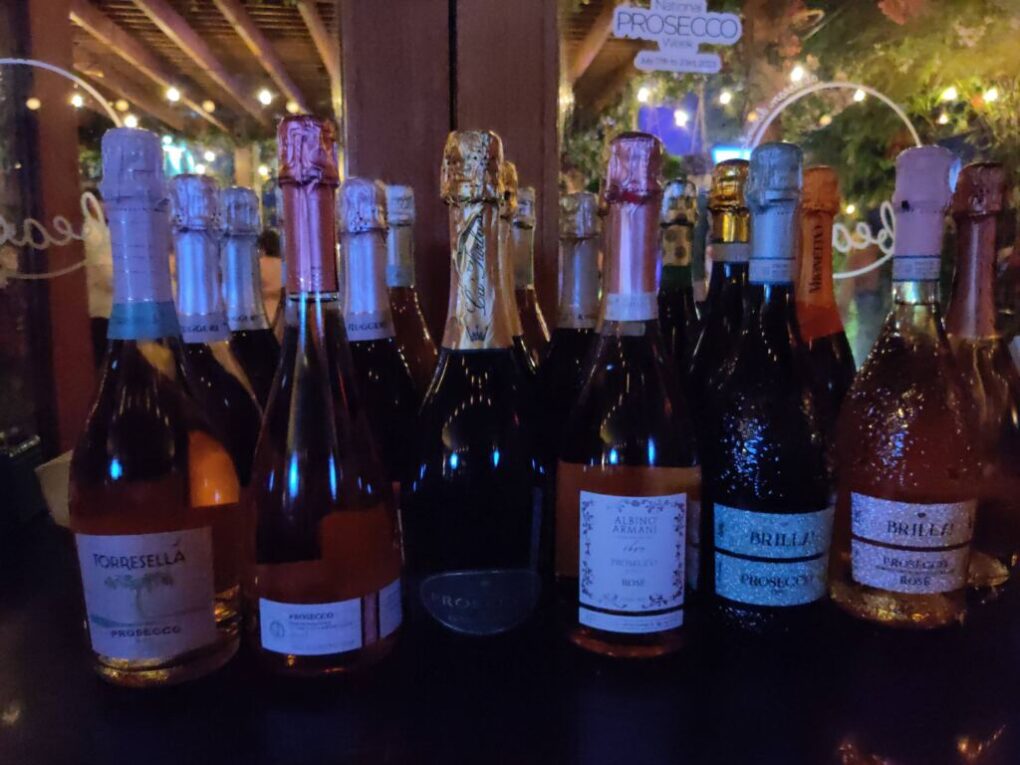
Prosecco is just about the most ubiquitous sparkling wine in the world. This easy-drinking bubbly hailing from northeast Italy, is produced within the provinces of Gorizia, Pordenone, Trieste, and Udine in the region of Friuli Venezia Giulia, as well as within the provinces of Belluno, Padua, Treviso, Venice, and Vicenza in the region of Veneto. The collective area encompasses the Prosecco DOC, and Prosecco DOCG (represents 25% of Prosecco production) appellation.
The Consorzio di Tutela della Prosecco DOC regulates all aspects involved in Prosecco production within the appellation. This includes regulating the grape composition in Prosecco, as well as establishing guidelines for its production and labelling. These rules help to guarantee both the origin and quality of Prosecco DOC.
Prosecco labelled “DOC” (Denominazione di Origine Controllata), or “DOCG” (Denominazione di Origine Controllata e Garantita), must contain at least 85% Glera, a white grape from Slovenia that was first planted on Italian soil over two millennia ago. The remaining 15% of the grape composition can be any combination of the Italian varietals Verdiso, Bianchetta Trevigiana, and Perera, and international varieties such as Chardonnay, and Pinot Noir.
Prosecco is usually vinified using the Martinotti (also known as Charmat, or modern) method (although the traditional method is occasionally employed). This process involves a primary fermentation of the grape juice in stainless steel vats, followed by a secondary fermentation of the still base wine in autoclaves (pressurized stainless-steel tanks) for at least 30 days. The Prosecco is filtered after secondary fermentation is completed, before being bottled under pressure.
Prosecco can contain zero to 32 grams of residual sugar (dosage), and is arranged under the following classifications depending on the level of sweetness:
- Brut nature 0-3 g/l
- Extra Brut 3-6 g/l
- Brut 6g-12 g/l
- Extra Dry 12-17 g/l
- Dry 17-32 g/l
“Prosecco DOC” and “Product of Italy” must be clearly indicated on the label. In addition, an individually assigned alphanumeric code, along with a barcode that can be scanned to verify that the Prosecco is a DOC, is indicated on the collar of each bottle.
The Consorzio also supports winegrowers in improving vineyard management to achieve better yields, and in identifying the best organoleptic properties for producing high quality sparkling wines. It is currently exploring the incorporation of environmentally friendly and sustainable methods of production, including banning the use of harsh chemicals in the winegrowing process, as part of its “green” initiative for the appellation.
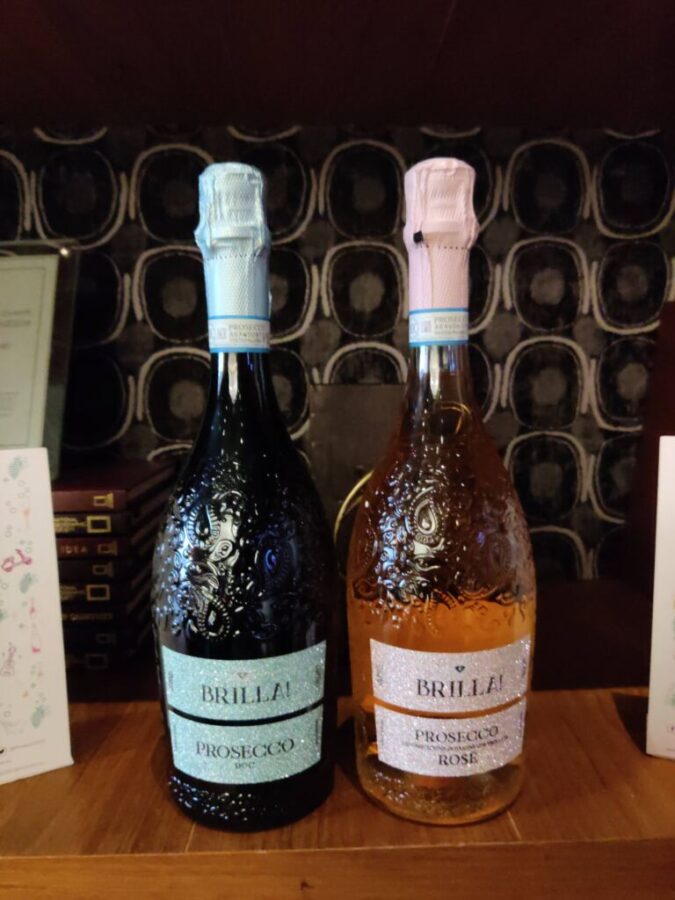
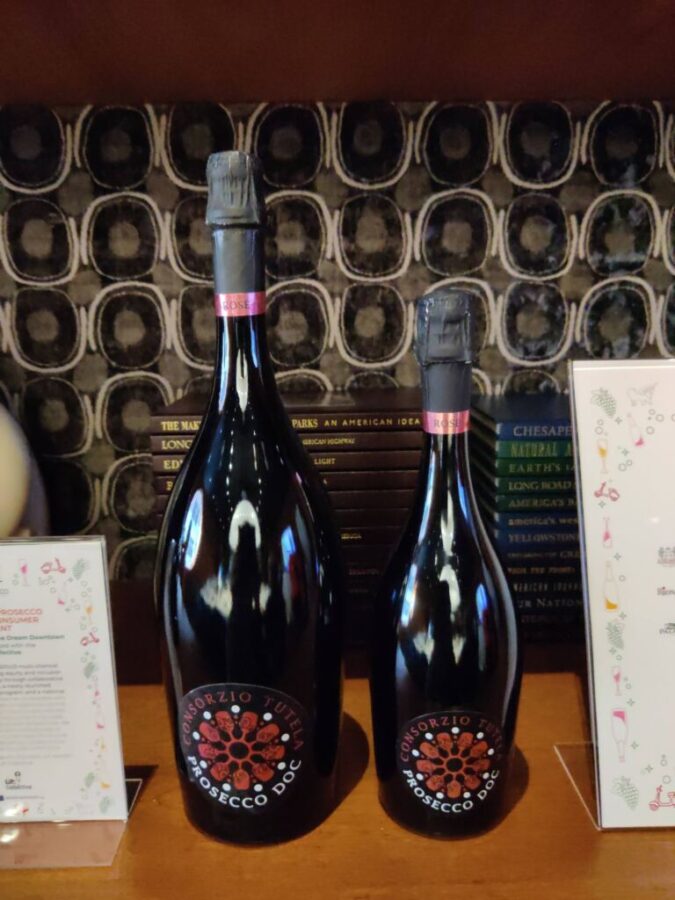
Roughly one billion bottles of Prosecco were produced in 2022, and over 80% were sold outside of Italy. More than 130 million bottles were exported to United States alone, making U.S. the leading consumer of Prosecco. United Kingdom comes in at a close second, with 130 million bottles consumed within its borders.
The popularity of Prosecco stems in part from its approachability. Its crispness, subtle sweetness, soft acidity, and floral (honeysuckle), and summer fruit (ripe apple, pear, peach, and honeydew) flavor profile, is almost universally appealing.
Prosecco Rose DOC has a similar flavor profile that is further enriched by a silky mouthfeel, as well as hints of strawberry and raspberry, owing to the presence of the dark-skinned grape Pinot Noir in the blend.
Prosecco DOC is also remarkably versatile, being equally adaptable as a complement to meals, and as an ingredient in both food and cocktail recipes. It gives desserts like zabaione an extra zing and adds a welcome fizz to cocktails without potentially watering them down.
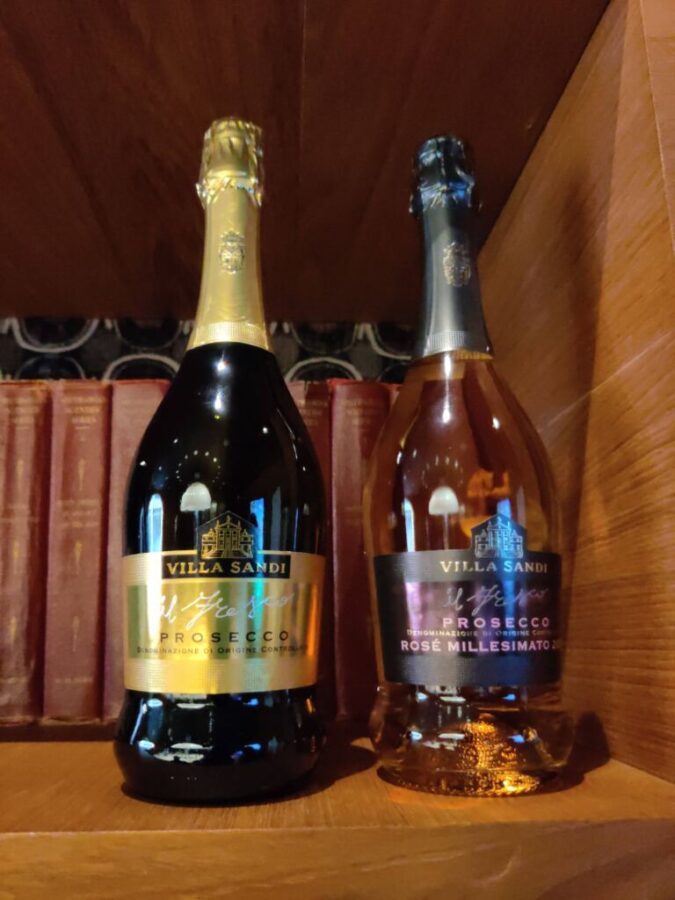
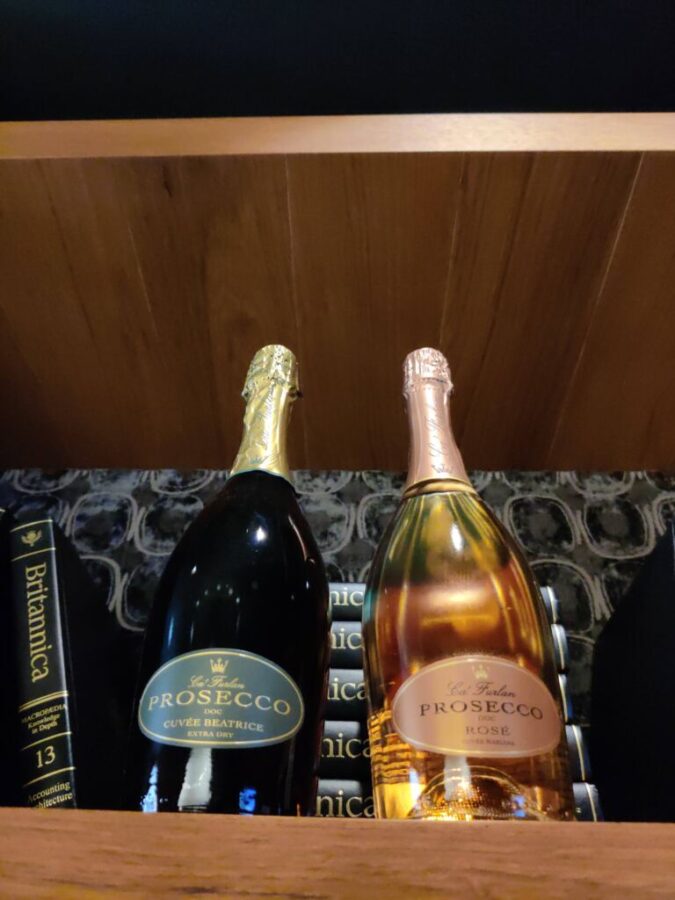

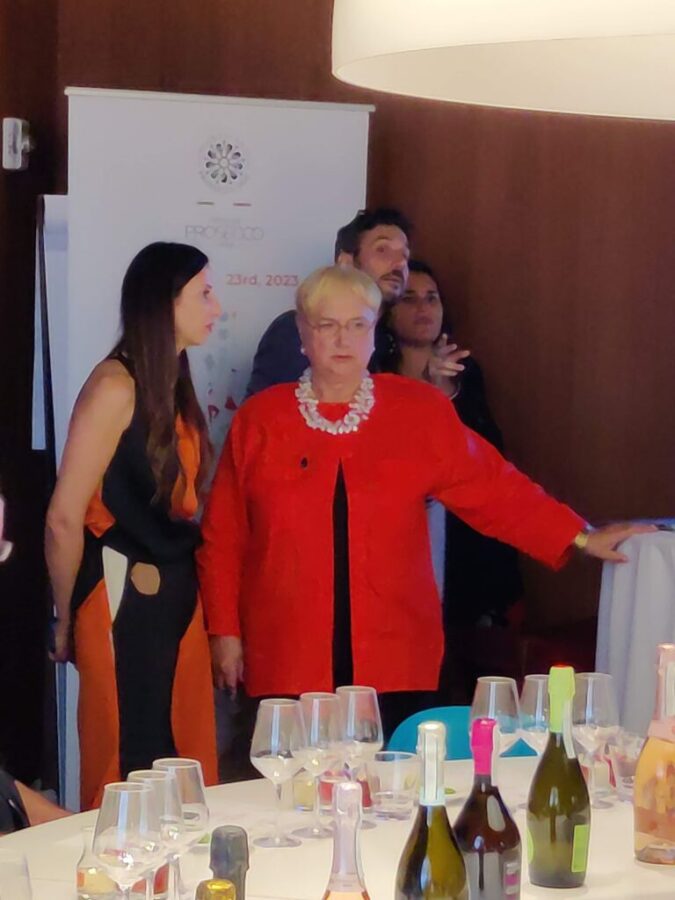
The Consorzio celebrated Prosecco Week at the Dream Downtown Hotel in New York City. Lidia Bastianich, world-renowned Italian American chef, restaurateur, television personality, cookbook author, and partner at marketplace chain Eataly USA, hosted a Prosecco-centered mixology session to demonstrate the versatility of Prosecco as an ingredient to spruce up virtually any cocktail. Please check out the recipes below:

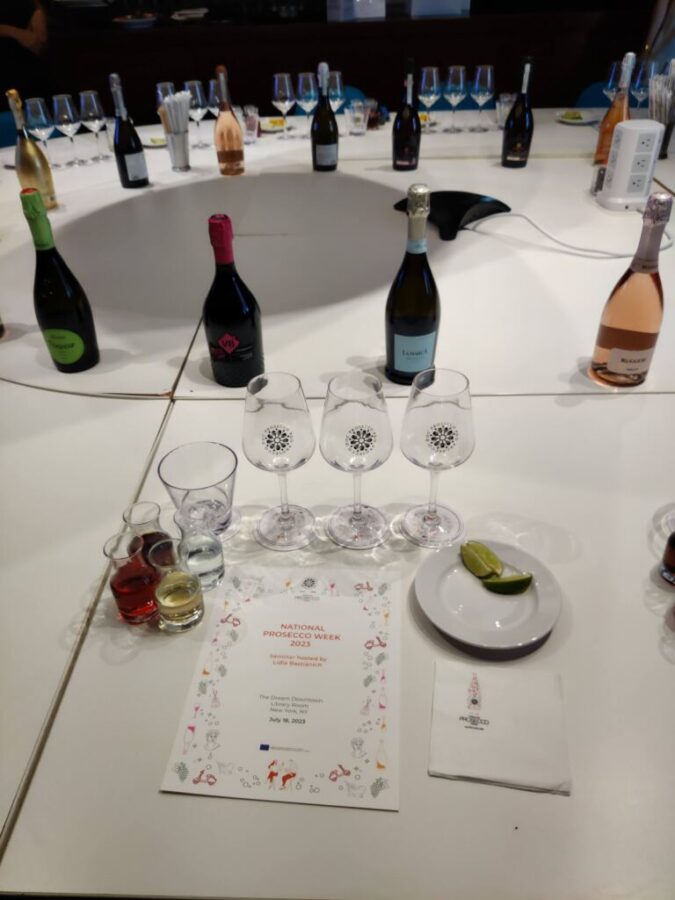
Hugo Spritz
1/2-ounce Elderflower liqueur
2 ounces Prosecco DOC
2 ounces club soda
Mint
Lime wedge
Ice
Negroni Sbagliato
1 1/2 ounces sweet vermouth
1 1/2 ounces Campari
1 1/2 ounces Prosecco DOC
Orange peel
Ice
(Note: Please feel free to adjust the measurements for a lighter or more concentrated cocktail.)
These refreshingly fruity cocktails were paired with a trio of small bites including an artichoke, mozzarella, olive, and sundried tomato antipasto skewer, a bagel topped with salmon, creme fraiche, caper, and chopped onion, and a Kobe beef, cheddar cheese, caramelized onion, and chipotle mayonnaise slider, demonstrating the adaptability of Prosecco and Prosecco-based cocktails to a wide range of foods.

Be First to Comment